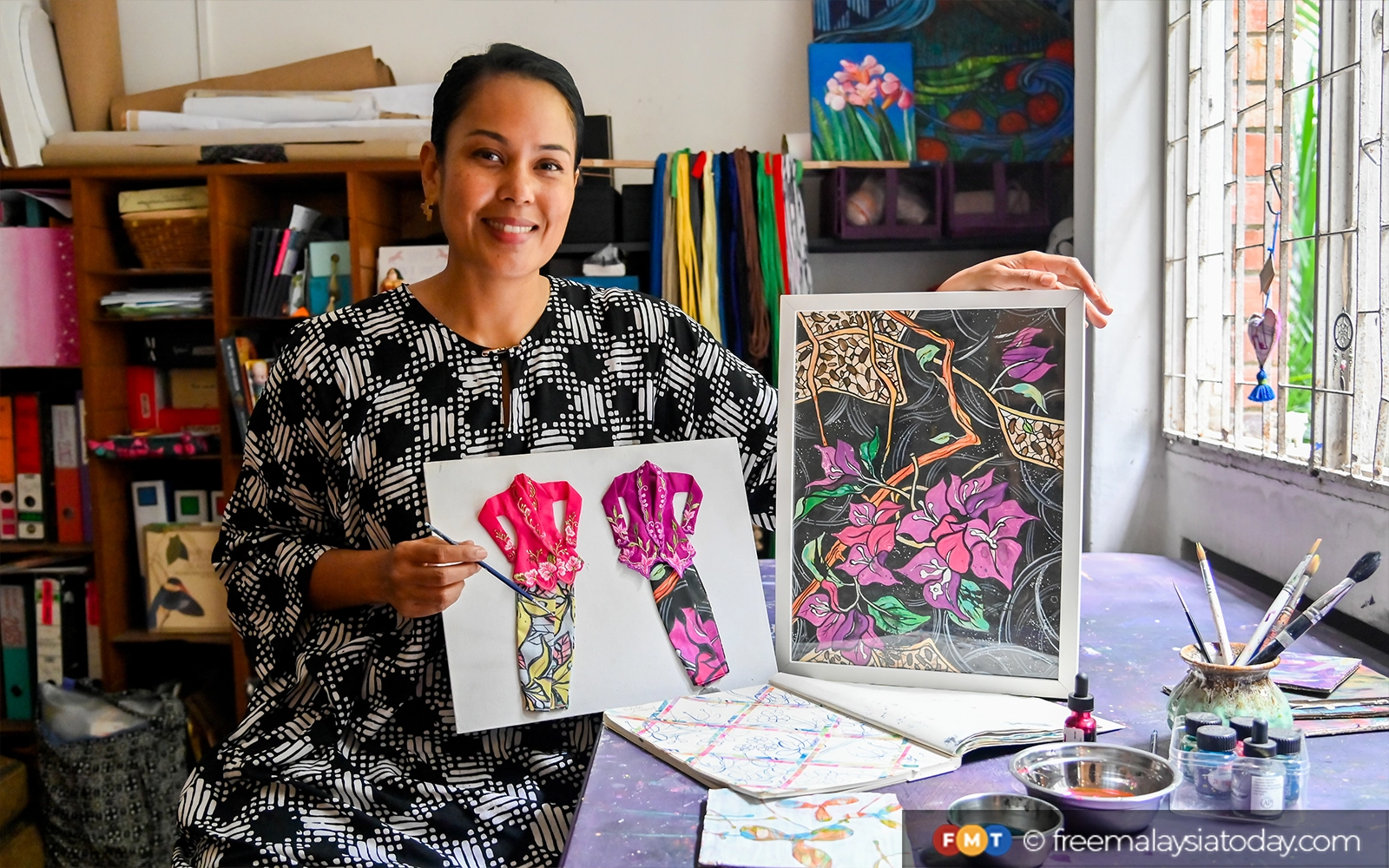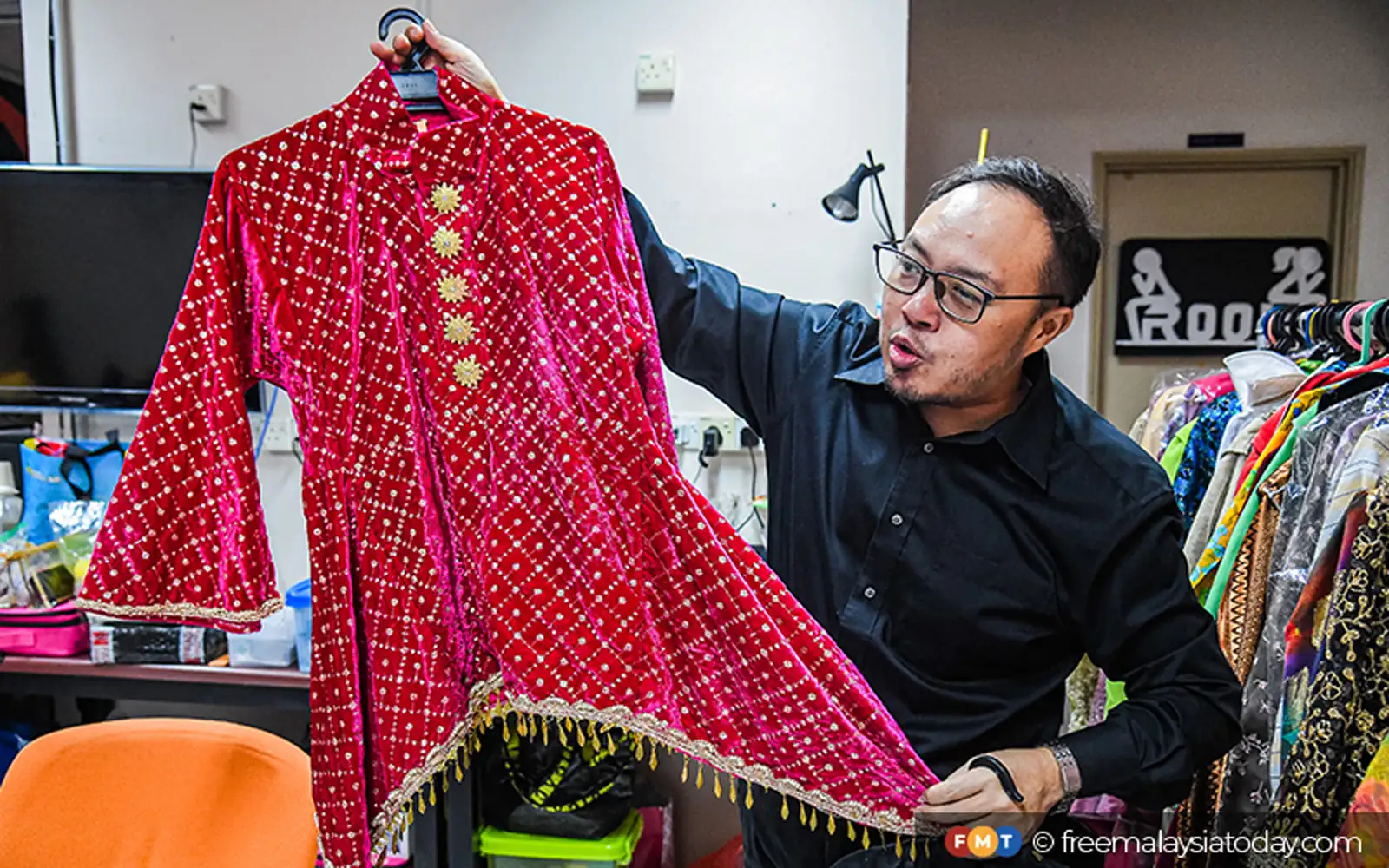
There needs to be a greater appreciation for traditional Malay textiles and attire to preserve the community’s heritage, say an academic and the head of an artisan group.
Nini Marini Ramlan, president of the Association of Traditional Textile Lovers (Citra), told FMT that many among the community have lost touch with traditional textiles used in Malay cultural wear.
Many people now use machine-made sampin imported from countries like India, she said. “That’s sad as the designs we have are so much better because it reflects our traditions and our culture.”
Performing arts lecturer Nur Afifi Taib said: “People embrace Arab-style attire due to Islamic principles and modesty. However, traditional Malay clothing (such as the baju kurung) already embody similar values.”
With many opting for alternatives to Malay traditional wear, Nur Afifi said this trend has widened the disconnect between the community and their cultural heritage.

Nini said many Malaysians lack awareness of traditional wear, unlike countries such as Indonesia, where people are knowledgeable about their textile heritage.
She said there’s nothing wrong with wearing machine-made or imported fabric “but we are losing touch of what our corak (design) is. I always ask people whether they know they are using Indian brocade and they say, ‘Yeah, but I don’t really care.’
“That’s sad for me as the designs we have are so much better because it reflects our traditions and our culture,” she told FMT.
The sampin – the long piece of cloth worn around the waist with a baju Melayu – traditionally features the use of songket with its decorative weaving incorporating gold or silver threads.
While sampin woven from songket has never lost its appeal, the fabric and design associated with traditional Malay wear has undergone a cultural evolution over the decades, borrowing designs from Nusantara and India.
Nini said declining demand and increasing costs have also discouraged traditional clothing makers and artists from continuing their craft.
“They need to be empowered. The media should play a bigger role in providing a platform for these artists to showcase the stories behind their craft.”
Nur Afifi, who is with UiTM, said it was sad to see traditional Malay clothing replaced with attire from other countries, such as abayas, especially during festive occasions.
“For instance, the baju kurung is inherently modest in length. Philosophically, it’s beautiful too. It is called ‘kurung’ because it confines the wearer from straying beyond the boundaries of shariah law,” he said.
“It’s sad to see people no longer know how to tie the sampin properly. Now, there are even instant versions of the garment that come with belts. But tying the sampin without a belt is an art, a part of Malay heritage.
“I think it is up to families to expose their children to these traditions. Education plays a crucial role in instilling appreciation for traditions. This doesn’t happen here,” he said. - FMT


No comments:
Post a Comment
Note: Only a member of this blog may post a comment.